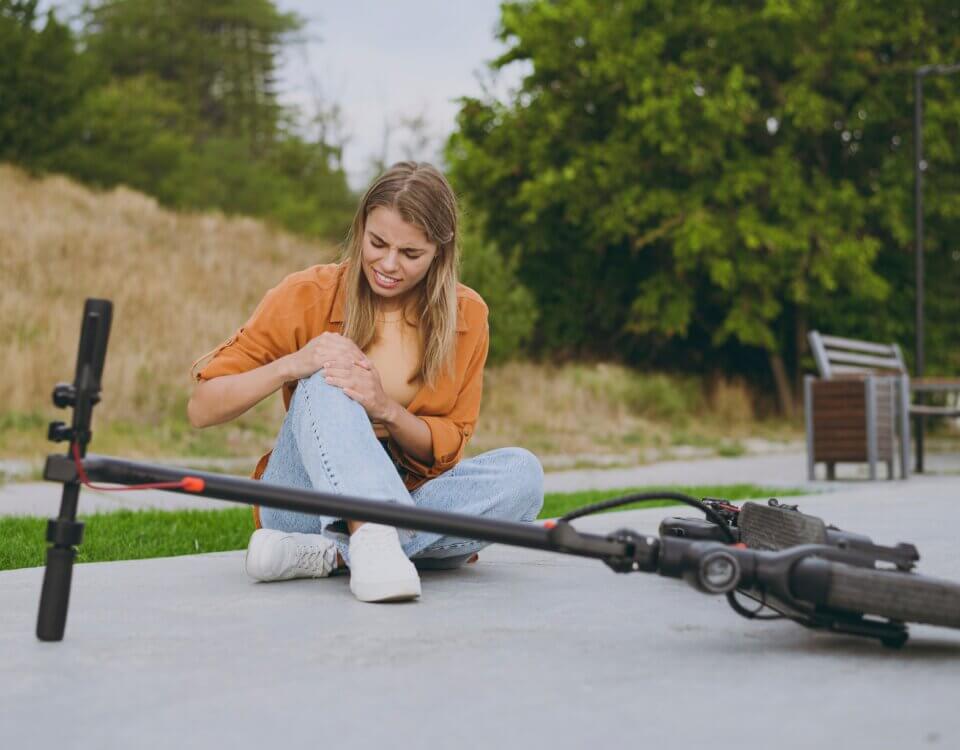California’s Three Feet for Safety Act is designed to protect cyclists by requiring drivers to give them adequate space when passing. Knowing how this law works and why it matters can help prevent collisions and keep roads safer for everyone.
What the Law Requires
- Minimum Passing Distance: Drivers must leave at least three feet between their vehicle and a bicycle when overtaking.
- If Three Feet Isn’t Possible: Slow down to a safe speed and pass only when it’s safe to do so.
- Applies Everywhere: The law covers all California roads where bicycles are legally allowed.
Why Three Feet Matters
- Prevents Sideswipe Collisions: Close passes are a common cause of crashes involving cyclists.
- Improves Cyclist Confidence: Adequate space encourages more people to ride bikes, reducing traffic congestion.
- Supports Safe Road Sharing: Reinforces respect between drivers and cyclists.
Penalties for Violations
Drivers who fail to comply can face fines and points on their driving record. In cases where a violation causes injury, penalties may increase, and civil liability could apply.
Tips for Drivers
- Be Patient: Wait for a clear lane before passing.
- Check Blind Spots: Cyclists may be harder to see, especially near parked cars.
- Signal Early: Use your turn signal to indicate lane changes or passing intentions.
Tips for Cyclists
- Ride Predictably: Maintain a straight line and avoid weaving between cars.
- Use Lights and Reflectors: Make yourself visible, especially at night or in low-light conditions.
- Follow Traffic Laws: Obey signals and stop signs to reduce conflicts with vehicles.
Building a Culture of Road Safety
The Three Feet for Safety law is a reminder that California’s roads belong to everyone. By giving cyclists proper space and staying alert, drivers can help reduce accidents and foster safer, more respectful streets.
Note: These blog posts are created solely for the use of Hillstone Law. The information is gathered from internet research, publicly available sources, and artificial intelligence (AI) tools such as ChatGPT. While we aim to share helpful and educational content, Hillstone Law does not independently verify every detail. Some information may be incomplete, outdated, or subject to change without notice. If you believe any part of a post is inaccurate, misleading, or infringes upon copyright, please contact Hillstone Law immediately so we can review it and take appropriate action, including correction or removal.
Disclaimer: The material provided in these blogs is for general informational purposes only and should not be considered legal advice. Reading these posts does not create, and is not intended to create, an attorney-client relationship with Hillstone Law. Our intent is to share knowledge, raise awareness, and provide helpful resources to the public; however, Hillstone Law makes no warranties or guarantees about the accuracy, completeness, or reliability of the information provided, and expressly disclaims liability for any actions taken in reliance on it. The photos used in these posts are for illustrative purposes only and do not depict actual clients, individuals, or incidents unless expressly stated. If you or a loved one has been injured in an accident, please contact Hillstone Law at (855) 691-1691. Our attorneys are available to answer your legal questions and help you understand your rights.







